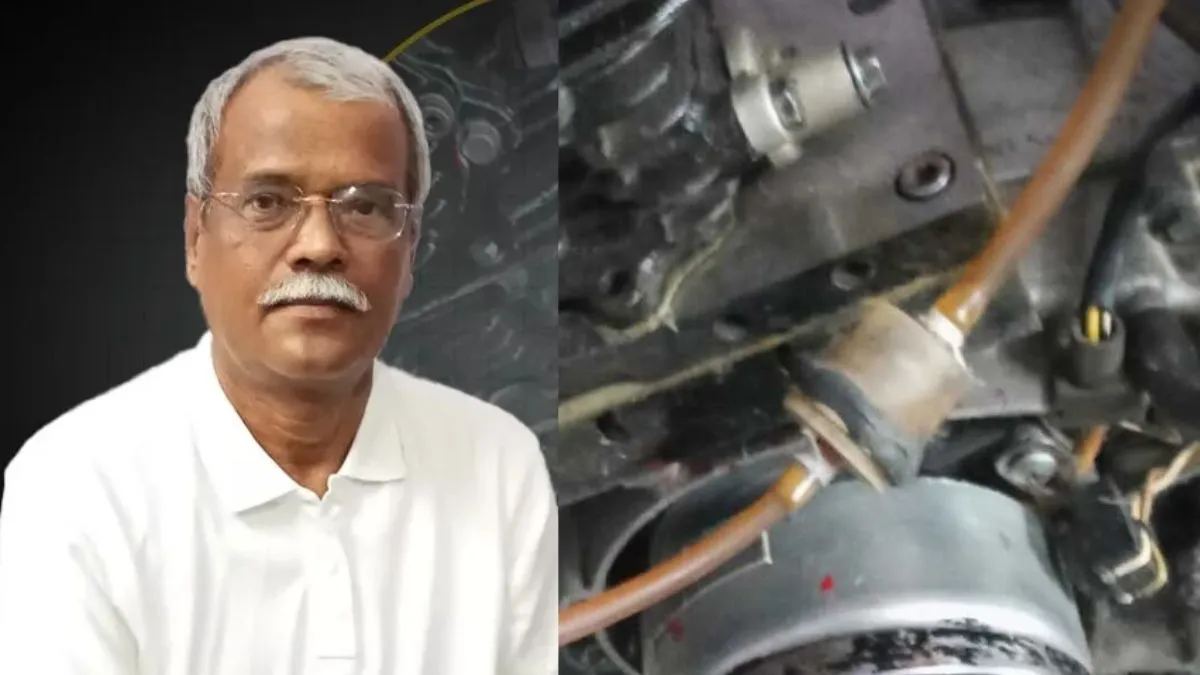- By Shibra Arshad
- Tue, 19 Aug 2025 09:43 PM (IST)
- Source:JND
Exclusive Interview: In an Exclusive interview with Jagran.com, Prayagraj's science graduate, Shailendra Kumar Singh Gaur, claims to have created an engine that could revolutionise the automotive world.
In the interview, he shared that he made fundamental changes to the internal combustion (IC) engine, significantly increasing its mileage. His prototype achieved over 176 kilometers per litre on a 100cc bike, and he believes that with additional funding, it could reach over 200 kilometres per litre.
Here's What All Gaur Said In The Jagran Exclusive Interview
- Gaur explained that his technology differs from traditional engines. While conventional engines have a maximum thrust of 25 degrees under high pressure, he adjusted it to 60 degrees, allowing for more efficient energy utilisation. His engine uses up to 70% of energy, compared to traditional engines' 30%.
- This innovation not only boosts mileage but also reduces pollution. The bike's silencer temperature is significantly lower, and carbon monoxide emissions are nearly zero.
- One of the most notable aspects of Gaur's engine is its versatility - it can run on various fuels like petrol, diesel, CNG, and ethanol. To develop this technology, Gaur made significant sacrifices. Due to funding constraints, he sold his properties and converted his rented home into a workshop.
- During his research, Gaur collaborated with Professor Anuj Jain from Motilal Nehru National Institute of Technology (MNNIT) for six months, learning engine intricacies.
- He also shared an experience where he demonstrated a prototype to a company, achieving 120 km/liter mileage. Although the R&D team rejected it, the company's owner recognised the technology's potential.
Patent And Future Ahead
Shailendra Gaur believes that his technology has vast potential applications, ranging from the largest engines, such as those used in ships, to the smallest ones, like motorcycles. He has already secured two patents in his name - one for design and one for process - and is preparing to file for additional patents.
Expressing a mix of hope and frustration, Gaur stated that he has done his part and now it's up to the country to decide how to utilize his innovation. This reflects his dedication to his work and his desire to see it benefit society, while also highlighting the challenges he faces in bringing his technology to fruition.

